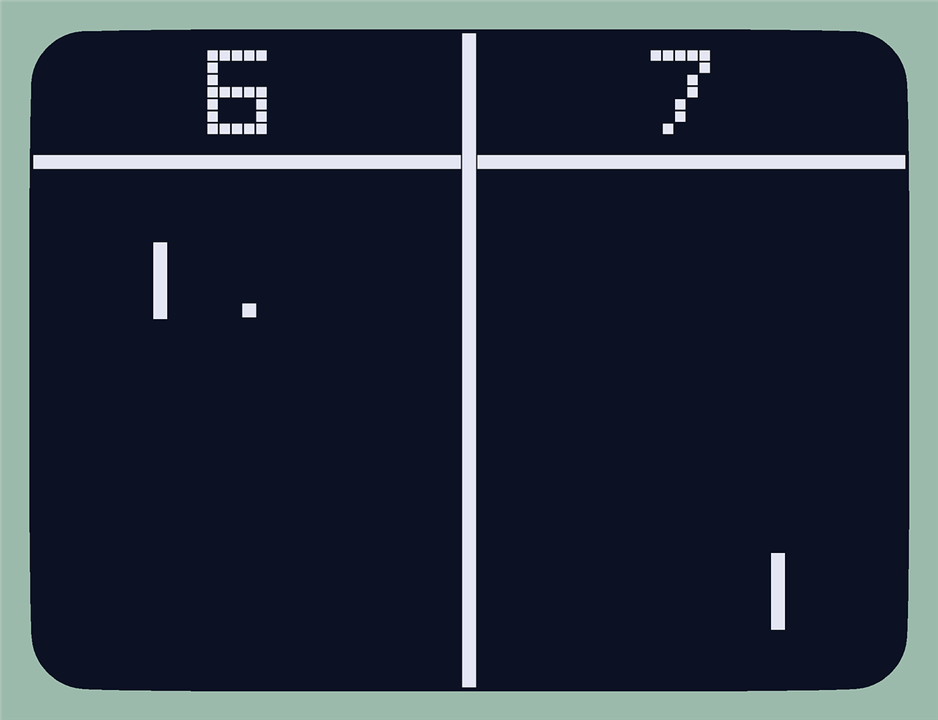
(Image Credit: Perlinator/pixabay)
In an attempt to better understand how biological neural networks (BNNs) work, the University of Reading researchers trained goo to play Pong. They achieved this by connecting the lump of ionic electro-active polymer (EAP) hydrogels to a PC playing the Pong game and passing electricity through it. After a few tries, the goo improved its playability by 10%.
BNNs are a biological consciousness model and serve as the foundation for developing artificial neural networks (ANNs). According to the paper, ANNs are limited due to their hardware. “As approximations of BNNs, ANNs are not capable of the learning found in their biological inspiration. Learning behavior, in biological systems, is dependent on the ability of a system to remember the outcomes and consequences of previous iterations within a task.”
To overcome that challenge, the team built a computer that replicates an organism’s physical structure. This study involved using an ionic electroactive polymer hydrogel that swells and stretches in response to an electrical current. That swelling causes the material to twist, and those changes replicate how BNNs function, including the formation of memories and connections in a human brain.
The researchers embedded the EAP in the Pong game world using custom multi-electrode arrays and feedback between motor commands and stimulation. Afterward, they placed the EAP in a tray before putting electrodes on top of it. While one cluster of electrodes stimulated the goo, the other recorded its movements.
They also provided the EAP with memory. “To induce emergent memory functions, the hydrogel must be able to influence actions within an environment,” the team wrote in the paper. “The change in environment as a result of those actions must feed back to the hydrogel, leading to changes in actions and memory behavior. To construct this closed loop and quantify the effect of memory, a suitable activity is required.”
Running Pong, the computer converted each signal into a current that passed through the goo. Once it responded to the electric stimuli, the goo communicated the Pong paddle movements to the PC. The team used a simplified version of the game --- splitting the field into nine quadrants and communicating the ball’s position in those quadrants. The EAP moved its paddle up and down three quadrants. During experiments, the goo played better Pong.
The team believes they can get better results by implementing a punishment feedback system. “The method used in this study did not employ any form of active reward/punishment feedback as many neural-based multi-electrode array systems do. It is possible that, through the addition of this kind of system, even greater performance could be achieved for a given purpose,” the team wrote.
Have a story tip? Message me at: http://twitter.com/Cabe_Atwell
